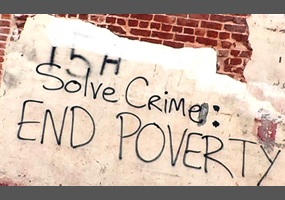Twenty-three percent of female jail inmates have been identified as mentally ill (Dinitto & McNeece, 2008 p. 312).

Almost sixty percent of female state prisoners report having experienced prior physical or sexual abuse (Dinitto & McNeece, 2008 p. 313).

The annual rate of growth in the number of incarcerated women has increased faster than that for men over the past ten years, with much of this increase due to changes in drug laws and harsher sentencing for drug offenses (Dinitto & McNeece, 2008 p. 313).

Women would benefit from substance abuse treatment that takes into consideration their life histories and circumstances (Dinitto & McNeece, 2008 p. 313). 
When women go to prison, over seventy percent of them leave behind children under eighteen years of age (Dinitto & McNeece, 2008 p. 313). 
About six percent of female state prisoners are pregnant upon entering prison and it is the rare correctional facility that allows mothers to keep their infants with them after birth (Dinitto & McNeece, 2008 p. 313).

Eighteen percent of mothers in state prison reported being homeless for a period of time in the year prior to incarceration (Dinitto & McNeece, 2008 p. 313).
